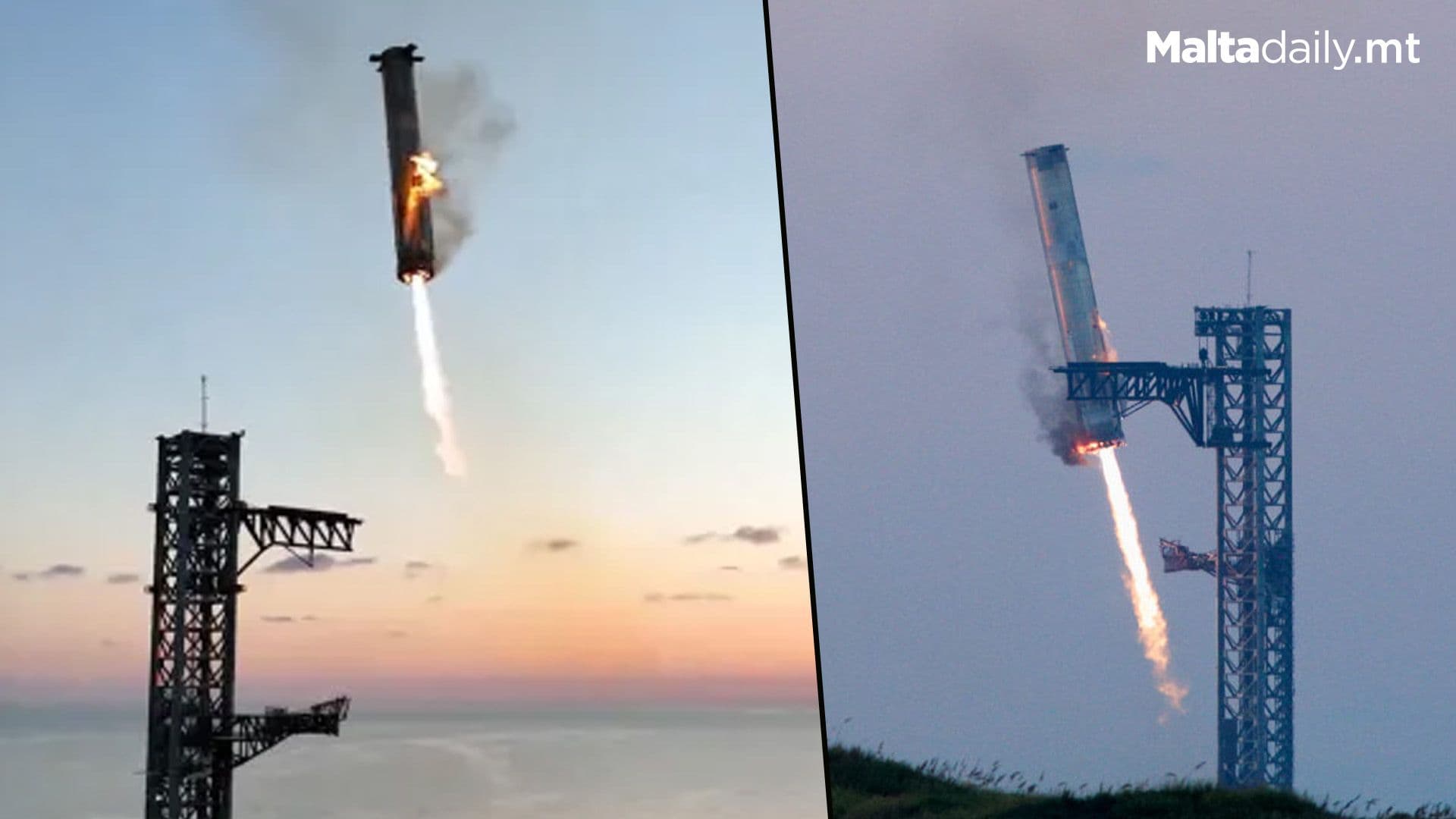SpaxeX Catch Booster Rocket In Metal ‘Chopsticks’

SpaceX successfully launched its reusable Starship spacecraft and achieved a significant milestone by catching its 232-foot Super Heavy booster with giant robotic arms, known as “chopsticks.”
This marked the first attempt to return the booster to the launch tower after separating from the Starship second stage at 46 miles above Earth.
The booster landed back at Boca Chica, Texas, where it was securely caught in a controlled manner by the robotic arms, despite the challenges of stabilising both the rocket and the tower.
This feat represents a major advancement in rocket technology, as previous large launch vehicles, like the Saturn V, were considered expendable and would crash back to Earth.
The Starship second stage, meanwhile, continued into space before landing in the Indian Ocean, west of Australia, completing its fifth test flight. Both the booster and second stage are designed to be reusable and capable of carrying cargo and crew to the moon and beyond.
The Federal Aviation Administration (FAA) approved the launch just a day before, weeks earlier than expected. SpaceX, which describes Starship as the world’s most powerful launch vehicle, has faced delays but continues to make progress, with Starship 6 already approved for its next mission.
#MaltaDaily


